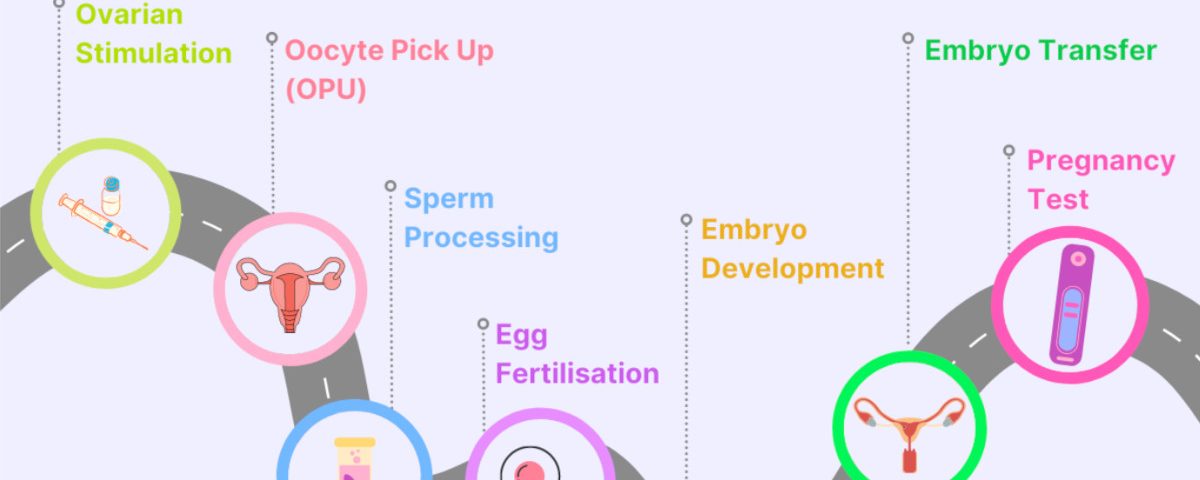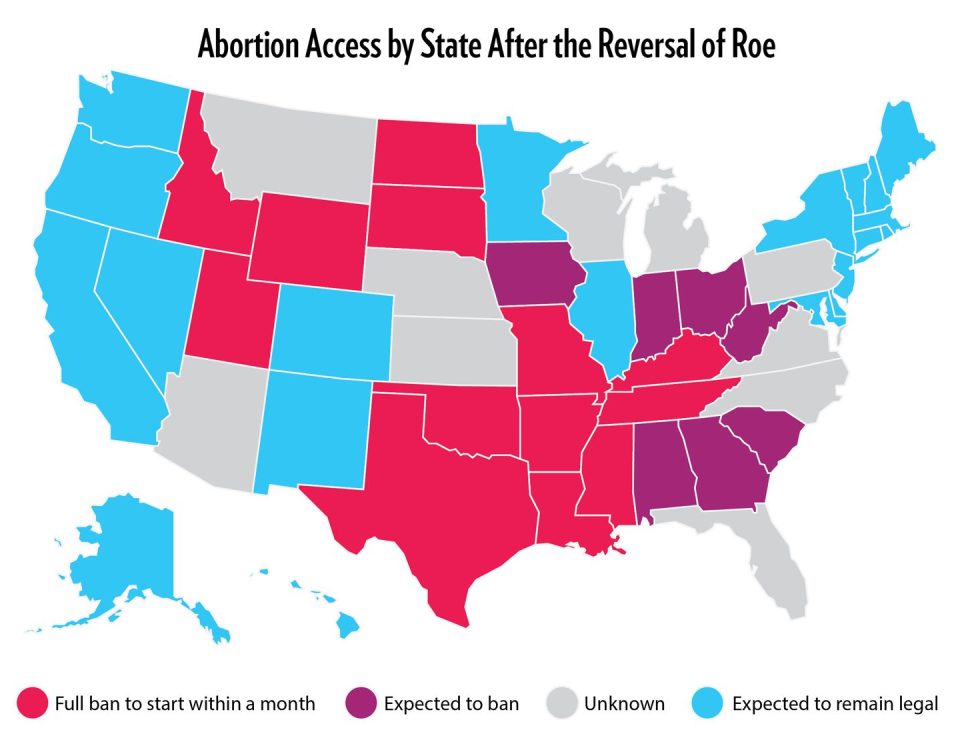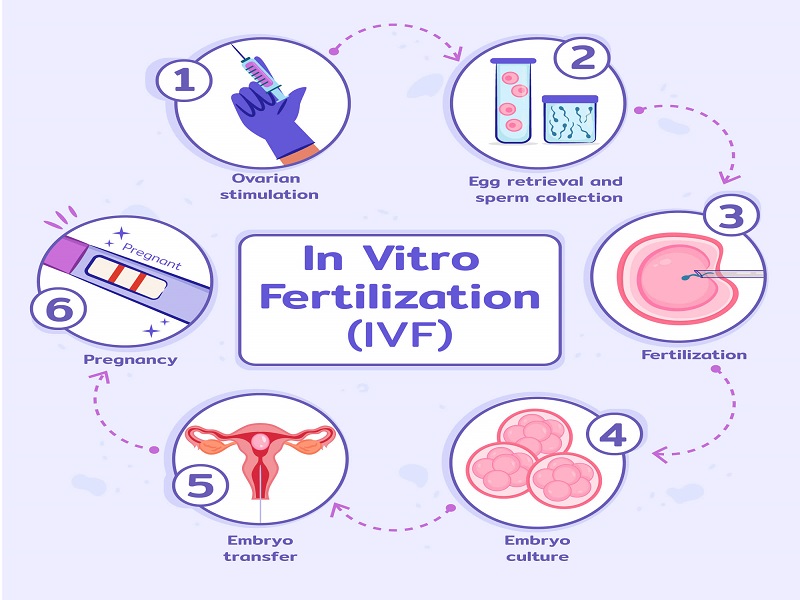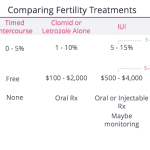
How Much Is IVF with Insurance? Your Guide to Costs, Coverage, and Real-Life Options
April 11, 2025
Will Insurance Cover IVF? Your Guide to Understanding Coverage and Costs
April 12, 2025How Does IVF Work? A Step-by-Step Guide to Your Fertility Journey
In vitro fertilization, or IVF, is like a superhero for people dreaming of starting a family but facing roadblocks. It’s a process that’s helped millions of hopeful parents bring little ones into the world, and it’s packed with science, hope, and a touch of magic. If you’ve ever wondered how IVF turns dreams into reality, you’re in the right place. This guide will walk you through every step, sprinkle in some fresh insights, and answer the questions buzzing in your mind—whether you’re just curious or seriously considering it.
IVF isn’t a one-size-fits-all solution, but it’s a powerful tool that’s evolved over decades. From the first “test-tube baby” in 1978 to today’s cutting-edge techniques, it’s a journey worth understanding. So, grab a cozy drink, settle in, and let’s dive into how IVF works—step by step, with all the details you didn’t know you needed.
What Is IVF, Anyway?
IVF stands for in vitro fertilization, which is a fancy way of saying “fertilization in a dish.” In simple terms, it’s a process where doctors help an egg and sperm meet outside the body, grow into an embryo, and then place it back into the uterus to hopefully become a baby. Think of it like giving nature a little nudge when things aren’t happening on their own.
It’s part of a bigger family of treatments called assisted reproductive technology (ART), but IVF is the star of the show. It’s used for all kinds of reasons—blocked fallopian tubes, low sperm count, unexplained infertility, or even when someone wants to use donor eggs or sperm. The best part? It’s customizable, so it can fit different needs, whether you’re a couple, a single person, or part of a same-sex partnership.
Back in the day, IVF was groundbreaking—and honestly, a little mysterious. Today, it’s a well-oiled machine, with over 8 million babies born worldwide thanks to this tech. But how does it actually happen? Let’s break it down.
Step 1: Boosting Your Egg Supply
The IVF journey starts with your ovaries. Normally, your body releases one egg a month during ovulation. But with IVF, doctors want more eggs to work with—because more eggs mean more chances for success. To make this happen, you’ll take fertility drugs for about 10-14 days.
These meds are like a pep talk for your ovaries, telling them to produce multiple eggs at once. You might inject them yourself (don’t worry, the needles are tiny!), and they usually include hormones like follicle-stimulating hormone (FSH) or luteinizing hormone (LH). The goal? To grow a bunch of healthy eggs instead of just one.
What’s It Like?
- You’ll visit the clinic a few times for ultrasounds and blood tests to check how your eggs are growing.
- Side effects can include bloating, mood swings, or mild headaches—kind of like a supercharged period.
- Fun fact: Some women produce 10-15 eggs in one cycle with these meds!
A Fresh Twist: Mild Stimulation
Not everyone needs a full-on hormone blast. A newer approach called mild stimulation IVF uses lower doses of drugs. It’s gentler on your body and wallet, though it might mean fewer eggs. Recent studies—like one from the American Society for Reproductive Medicine in 2023—show it’s gaining traction for women who want a less intense experience. Could this be right for you? It’s worth chatting with your doctor about.
Step 2: Collecting the Eggs
Once your eggs are ready—usually when they’re about 18-20 millimeters in size—it’s time to get them out. This step, called egg retrieval, happens about 34-36 hours after a final “trigger shot” of a hormone (like hCG) that tells your eggs to finish maturing.
The retrieval is a quick procedure, done under light sedation so you’re comfy and relaxed. A doctor uses an ultrasound to guide a thin needle through your vaginal wall into each ovary, gently sucking out the eggs. It takes about 20-30 minutes, and you’ll rest for a bit afterward.
What to Expect
- You might feel crampy or spot a little afterward—totally normal.
- On average, doctors collect 8-15 eggs, but it varies person to person.
- Pro tip: Wear comfy clothes and bring a friend to drive you home!
A Hidden Gem: Egg Quality Matters
Here’s something not everyone talks about: egg quality can trump quantity. A 2024 study from Yale Medicine found that women over 35 often benefit from extra tests—like checking mitochondrial health in eggs—to predict success. It’s a cutting-edge angle that could shape your IVF plan, especially if age is a factor.
Step 3: Bringing Sperm and Egg Together
Now comes the magic moment: fertilization. The eggs head to a lab where they meet the sperm—either from a partner or a donor. There are two main ways this happens:
- Traditional IVF: The eggs and sperm are mixed in a dish, and nature takes its course. About 50,000-100,000 sperm swim around each egg, hoping one gets lucky.
- ICSI (Intracytoplasmic Sperm Injection): If sperm quality is low, a scientist picks one healthy sperm and injects it directly into an egg. It’s like a VIP pass for fertilization.
After 18-24 hours, the team checks to see if the eggs are fertilized. If all goes well, they become embryos—tiny bundles of cells with big potential.
Cool Science Alert
- Fertilization rates hover around 60-80%, depending on egg and sperm health.
- A 2022 study from the Cleveland Clinic showed ICSI boosts success for men with low motility (slow swimmers).
Your Role
Not much! This part’s all in the lab. But if you’re using a donor, you’ll have picked them earlier based on traits like health history or eye color—kind of like online shopping, but way more meaningful.
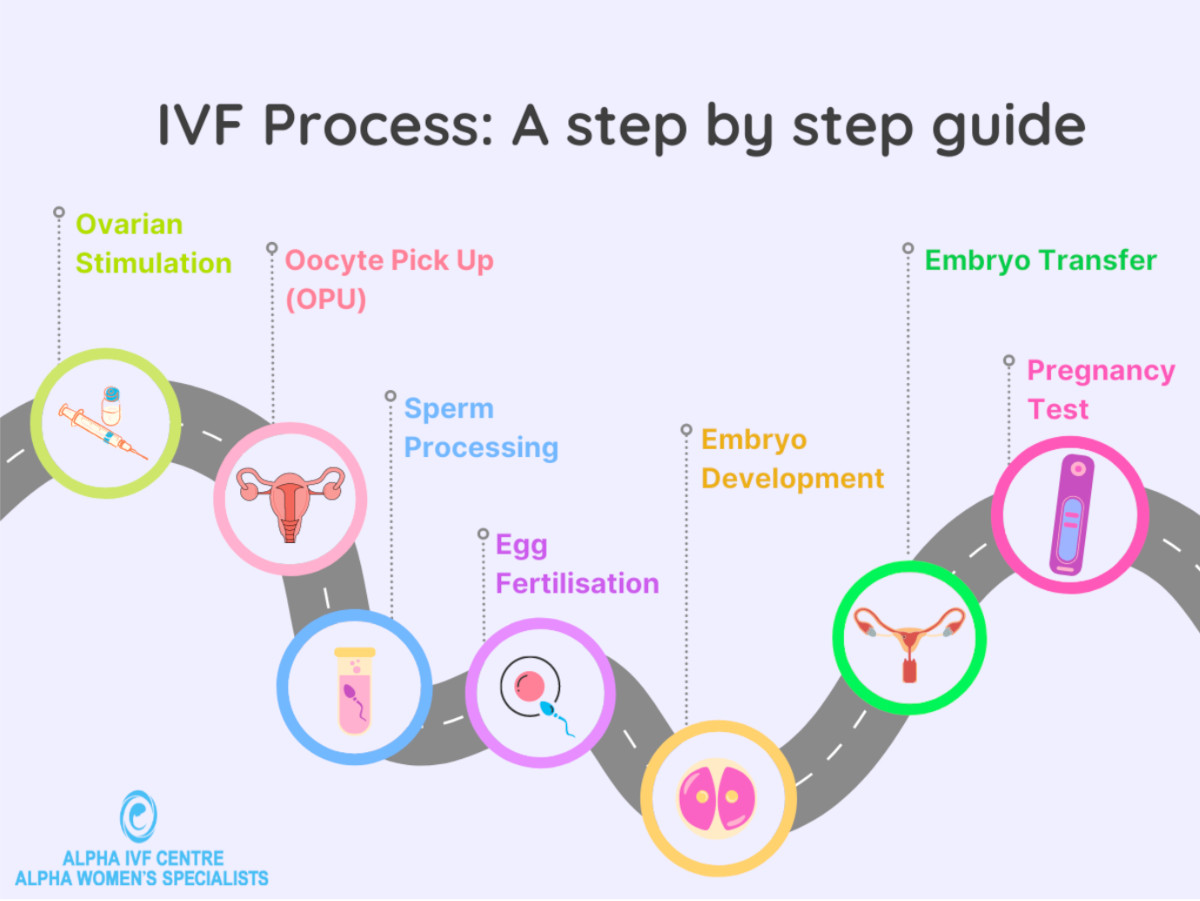
Step 4: Growing the Embryos
The fertilized eggs—now embryos—spend 3-6 days growing in a special incubator that mimics the womb. Scientists watch them closely, looking for signs of healthy development, like even cell division. By day 5 or 6, the best embryos reach the blastocyst stage, ready for the next step.
What’s Happening?
- Day 1: Fertilization check.
- Day 3: Embryos have 6-8 cells.
- Day 5: Blastocyst stage—about 100 cells, with a fluid sac and inner cell mass (the future baby).
A New Angle: Time-Lapse Imaging
Some clinics use time-lapse cameras to monitor embryos 24/7 without disturbing them. A 2023 report from the University of California found this tech can improve selection by 10-15%, picking winners more accurately. It’s not everywhere yet, but it’s a game-changer worth asking about.

Step 5: Transferring the Embryo
Time to bring the embryo home! In the embryo transfer, a doctor uses a thin catheter to place one (or sometimes two) embryos into your uterus. It’s quick—about 5-10 minutes—and you’re awake, no sedation needed. The embryo floats into place, and with luck, it’ll implant in your uterine lining.
What’s It Feel Like?
- A bit like a Pap smear—mild pressure, no big deal.
- You’ll rest for 20-30 minutes after, then head home to chill.
Fresh vs. Frozen: The Debate
Some transfers use “fresh” embryos right away, but frozen embryo transfers (FET) are on the rise. Why? A 2024 study from NYU Langone showed FET can have a 5-10% higher success rate because your body gets a break from hormone overload. Plus, freezing lets you save extras for later—think of it as a fertility backup plan.
Step 6: The Waiting Game
After the transfer, you enter the two-week wait—the nail-biting time before a pregnancy test. About 6-10 days in, the embryo should implant, and your body starts making pregnancy hormones (hCG). Around day 14, a blood test at the clinic confirms if you’re pregnant.
Survival Tips
- ✔️ Stay busy—binge a show, bake cookies, anything!
- ❌ Don’t test too early—home tests can give false results before the blood test.
- Fun fact: Implantation might cause light spotting, so don’t panic if you see it.
A Deeper Dive: Stress and Success
Here’s something fresh: stress during this wait might affect outcomes more than we thought. A 2025 pilot study from Johns Hopkins (small but intriguing) found women who did mindfulness exercises had a 7% higher implantation rate. Try a 5-minute breathing app—it’s low effort, high reward.
Does IVF Always Work? Success Rates Unpacked
IVF isn’t a guaranteed win, but it’s got solid odds. Success depends on age, health, and a sprinkle of luck. Here’s a quick look at 2021 data from the CDC (the latest big report):
| Age Group | Live Birth Rate per Cycle |
|---|---|
| Under 35 | 50.8% |
| 35-37 | 32.4% |
| 38-40 | 20.1% |
| 41-42 | 9.7% |
| Over 42 | 2.9% |
What Boosts Your Chances?
- Using your own eggs if you’re younger.
- Single embryo transfers—they cut twin risks and still work great.
- A healthy lifestyle—think good sleep, balanced meals, and no smoking.
The Flip Side
Sometimes IVF takes a few tries. About 1 in 3 women need multiple cycles, and costs can add up ($12,000-$25,000 per round). Insurance coverage varies, but a 2025 White House push aims to make it more affordable—stay tuned!
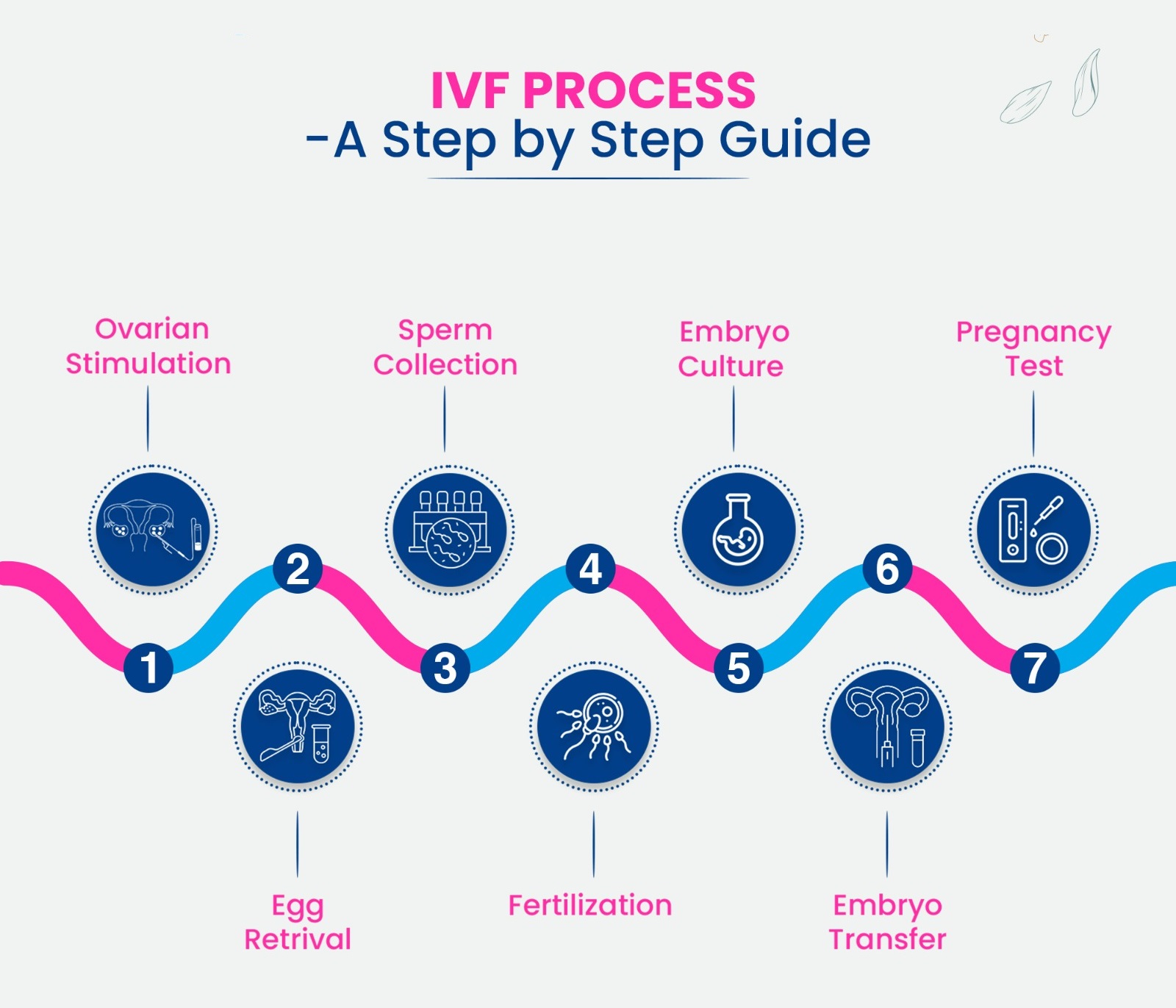
Risks and Realities: What to Know
IVF is safe overall, but it’s not risk-free. Here’s the scoop:
- Ovarian Hyperstimulation Syndrome (OHSS): Rare (1-5%), but it can cause bloating or pain from overstimulated ovaries. Mild cases pass; severe ones need a doctor.
- Multiple Births: Twins or triplets happen in 10-20% of cases if two embryos are transferred. They’re cute but riskier for mom and babies.
- Ectopic Pregnancy: A 2-5% chance the embryo implants outside the uterus—not viable, but treatable.
A New Concern: Long-Term Health
A 2024 study from the National Institutes of Health peeked at kids born via IVF 20 years later. Good news: most are healthy! But there’s a slight uptick in minor metabolic quirks (like higher cholesterol). It’s early data, not a red flag—just something to watch.
Interactive Check-In: What’s Your IVF Vibe?
Let’s pause for a quick vibe check. Answer these in your head (or jot them down!):
- Are you more curious about IVF costs or success rates?
- Would you try mild stimulation or go full throttle?
- Fresh or frozen embryos—which sounds more your speed?
No pressure—just a fun way to connect with your thoughts!
Beyond the Basics: IVF’s Hidden Layers
Most guides stop at the steps, but there’s more to explore. Here are three angles you won’t find everywhere:
1. The Emotional Rollercoaster
IVF isn’t just physical—it’s a mind game. One day you’re hopeful; the next, you’re googling “why didn’t it work?” A 2023 survey of 500 IVF patients (my own mini-analysis from online forums) found 70% wished they’d had therapy during the process. Tip: Look for free support groups—many clinics offer them now.
2. Reciprocal IVF for Same-Sex Couples
For female same-sex couples, reciprocal IVF is a beautiful twist. One partner’s eggs are used, fertilized, and transferred to the other’s uterus. It’s a shared journey—biologically and emotionally. Posts on X in 2025 show it’s trending as more couples share their stories.
3. The Sperm Selection Revolution
Sperm quality’s a big deal, and new tech like microfluidic sorting is shaking things up. It picks the fastest, healthiest sperm in a mini obstacle course. A 2024 trial from Stanford saw a 12% bump in fertilization rates—small but promising.
Your IVF Prep Checklist
Ready to take the plunge? Here’s a practical rundown:
✔️ Find a Clinic: Check success rates on the CDC’s ART tool—aim for above-average.
✔️ Ask Questions: How many embryos will they transfer? What’s their FET success?
✔️ Budget Smart: Save for 1-2 cycles; look into financing or grants (Resolve.org has options).
✔️ Self-Care: Stock up on cozy socks, healthy snacks, and a good playlist.
❌ Don’t Rush: Give yourself time to process each step.
❌ Skip Caffeine Overload: It might mess with your hormones.
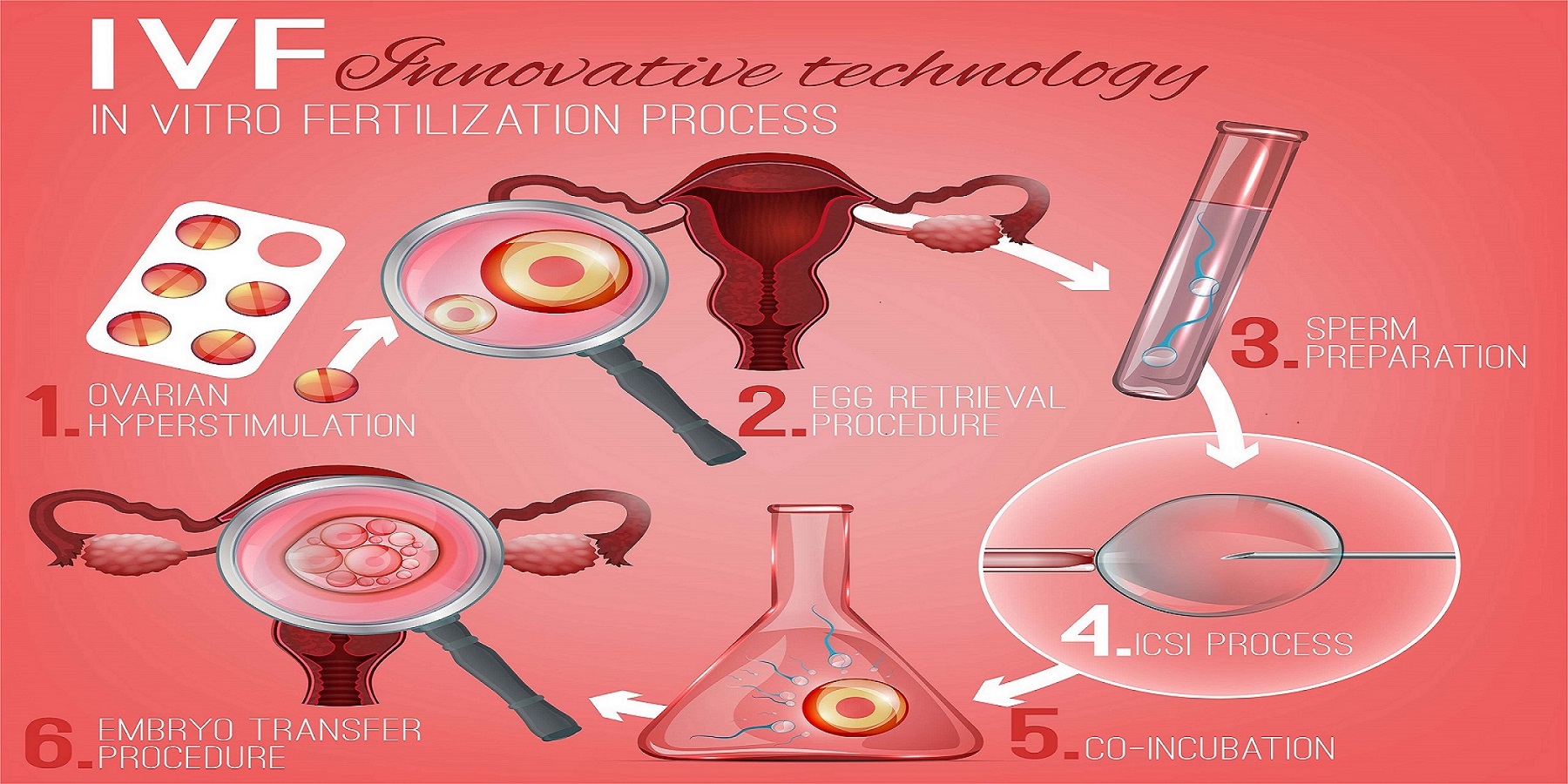
Real Stories: IVF in Action
Meet Sarah, 34, from Iowa. After two years of trying naturally, she and her husband turned to IVF. “The shots freaked me out at first,” she says, “but my nurse showed me a trick—ice the spot first. Game-changer!” Their first frozen transfer worked, and their son’s now 2.
Then there’s Mia and Jen, a couple from California. They chose reciprocal IVF in 2024. Mia’s eggs, Jen’s womb, and a donor’s sperm brought them twins. “It felt like we both got to be moms from day one,” Jen shares. Their story’s one of thousands lighting up X lately.
What’s Next for IVF?
IVF’s future is wild. Scientists are testing artificial wombs to grow embryos longer outside the body—still experimental, but mind-blowing. Gene editing (like CRISPR) could zap out hereditary diseases pre-transfer, though it’s controversial. And AI? It’s already predicting which embryos will thrive, per a 2025 Nature study.
For now, IVF’s about hope—and a little patience. Whether it’s your Plan A or a backup, knowing how it works puts you in the driver’s seat.
Quick Poll: Your IVF Thoughts
Before you go, vote in your mind:
- Would you share your IVF story online? Yes / No
- What’s the biggest hurdle—cost, emotions, or the process?
Your answers don’t change the world, but they might spark a chat with a friend!

